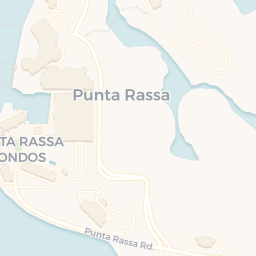
Advancement materials and systems using in boat designs
Wood is the customary boat building material used for edge and battle advancement. It is light, comprehensively available and easily worked. It is a notable material for little boats of, for instance, 6-meter 20 ft length; like dinghies and boats. Its scratched spot resistance changes according to the hardness and thickness of the wood and it can debilitate in case new water or marine animals are allowed to invade the wood. Woods, for instance, Teak, Totara and a couple of cedars have ordinary fabricated materials which prevent rot, however various woods, for instance, Pinus radiata, will ruin quickly. The construction of a wooden boat typically involves planking, diagrams and a fall. Fall and housings are by and large made of hardwoods, for instance, oak while planking can be oak yet is even more regularly softwood like pine, larch or cedar. boat bottom cleaning near me

Packed wood :
Compacted wood is especially popular for fledgling improvement anyway marine handles using waterproof glues and even overlays should be used. Unassuming improvement, squeezed wood habitually has voids within layers and isn’t proper to boat functioning as the voids trap clamminess and accelerate rot as well as really incapacitate the packed wood. No squeezed wood is rotting safe and should be covered with epoxy sap and furthermore a good paint structure. Stain and Linseed oil should not be used outwardly as a casing for waterproofing. The stain has around 60% of the water deterrent of a respectable paint structure. Just foamed linseed oil should be used on a boat and within as it has practically no water resistance aside from it is extraordinarily easy to apply and has an enchanting smell. Note that used linseed garments should not be left in a load as they can burst into flares. A critical 200-year-old waka Maori kayak burst into flares in New Zealand in June 2014 when restorers left garments stored for now. Unrefined linseed oil isn’t fit for boats as it stays saturated and smooth for a really long time. The development will foster well on unrefined linseed oil-treated wood anyway not on gurgled linseed oil. Every one of the more actually introduced tropical woods like mahogany, okoumé, iroko, Keruing, azobé and Merbau. are furthermore used. With colourful species, extra thought ought to be taken to ensure that the wood is to be certain FSC-attested. Teak or iroko is regularly used to make the deck and any superstructure. Stick, screws, fasteners and moreover nails are used to join the wooden parts. Before teak is stuck the ordinary oil ought to be tidied up with a substance cleaner, some other way the joint will fail.
A couple of kinds of wood improvement include:
- Lashed-drag, are obsolete boat-building strategies of the Austronesian social classes. It is depicted by the use of sewn openings and later dowels “treenails” to join sheets edge-to-edge onto a tunnel fall and solid cut wood pieces that structure the covers for the front and are cruel. The sheets are furthermore lashed together and onto ribs with fiber ropes collapsed over sticking cut hauls inside surfaces. Not in the slightest degree like western boat-building methodologies, the shell of the boat is made first, going before being lashed onto ribs.
- The wrinkles between sheets are also fixed with supple tapa bark and fiber that expands when wet or caulked with sap based preparations. Carvel, in which a smooth construction is formed by edge joined sheets annexed to an edge. The sheets may be twisted in cross fragments like barrel battles. Carvel sheets are all things considered caulked with oakum or cotton that is collided with the wrinkles between the sheets and is covered with some waterproof substance. It takes its name from an old-fashioned boat type and is acknowledged to have started in the Mediterranean. Different boatbuilding texts are available which portray the carvel planking strategy comprehensively.
